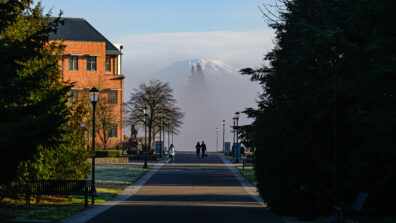How do scientists know the mass and size of planets? – Lucy, 10, Illinois
melissamayerDear Lucy,
When I go to the veterinarian, they measure how big I am. They use a scale to check my weight. They find my length and height with a measuring tape.
But nobody can put a planet on a scale. Or wrap a measuring tape around it.
I asked my friend Katie Cooper about it. She’s a geologist at Washington State University. She studies our planet and other planets, too.
She told me we send satellites to orbit our solar system. When a satellite swoops around a planet, it snaps pics and takes measurements. Those images and measurements help scientists estimate the … » More …
Read More ...